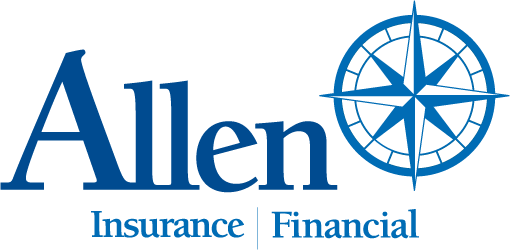For many, the holidays are a time for giving back—whether by donating to a favorite charity or helping out a family member. Before you make a donation or gift, however, it’s important to choose the right strategy, paying close attention to potential tax and legal implications.
Charitable Giving
If there’s a charitable organization you’d like to donate to, be sure to take the time to consider the charitable giving vehicle you’ll use to make your gift. Let’s look briefly at some of the options.
Outright gifts. Outright gifts of cash or property provide charities with immediate resources. Be sure to keep your receipts or bank records to validate any income tax deductions you wish to claim. Keep in mind that you may need a professional appraisal to qualify for a tax deduction on certain noncash contributions.
Donor-advised funds. A donor-advised fund is a charitable giving vehicle managed by a public charity for the purpose of distributing funds to other charities. When you contribute to a donor-advised fund, you can advise the charity on the grants it makes, as well as take advantage of possible tax deductions. Be aware, however, that there may be a minimum donation amount, and administrative fees may cut into the funds available for grants.
Charitable remainder trusts. With this type of trust, the donor receives income from the trust for his or her lifetime, the lifetime of another person, or a period of up to 20 years. At the end of the specified term, the remaining trust assets are distributed to a charitable beneficiary. The greatest benefit of a charitable remainder trust is that you can take advantage of immediate tax benefits while continuing to utilize the assets, as you may deduct the present value of the charitable remainder interest. On the downside, charitable trusts tend to be complex to set up and usually require legal and administrative support.
Charitable gift annuities. A charitable gift annuity is a split-interest gift made directly to a charity that provides you, your spouse, or a family member with fixed income payments for life. The charity typically ends up with about half of your donation, while you get an immediate tax deduction and some guaranteed income. Keep in mind that an annuity is a contract between you and the charity, and your return isn’t guaranteed by the government.
Private foundations. A private foundation is a charity established by an individual, family, or corporation. Although it offers donors a great deal of control over their gifts, a private foundation can be costly to administer, and it must adhere to a strict set of rules designed to ensure that it carries out its charitable purpose.
Bequests. If you wish to give to charity posthumously, you may make bequests by way of your will, trust provisions, or beneficiary designations. Although bequests offer simplicity and are easy to set up, they are not income tax deductible during your life.
Gifting to Family Members
Giving back doesn’t always mean giving to charity. Gifting to family members can be just as rewarding, and it can be an effective way to transfer wealth while reducing or avoiding taxes. Here are several common strategies for gifting to family members:
- Making an outright cash gift. For tax year 2019, you may gift up to $15,000 to any individual without tax consequences. (This amount increases to $30,000 for married couples). This limit will remain the same for tax year 2020. If you’re sharing gifts with your spouse, or you’d like to gift more than this amount to one person, you’ll need to file a gift tax return using IRS Form 709.
- Paying college tuition or medical bills directly. If you’d like to pay a family member’s expenses directly to a school or health care provider, the $15,000 limit does not apply. Plus, you’re still free to give the individual a separate tax-free gift of up to $15,000.
- Contributing to a 529 plan. With this strategy, you can contribute to a relative’s qualified education expenses while paring down your own estate. Contributions to 529 plans grow tax deferred, and withdrawals for the beneficiary’s education are tax free at the federal level (and usually at the state level, too). Additionally, 529 plans are eligible for a special exemption that allows you to gift up to five years’ worth of annual exclusion contributions (i.e., up to five times $15,000, or $75,000, per person per year) without using any estate and gift tax exemption. You will need to file IRS Form 709 to document the transaction.
With all the options available, choosing the best way to give to charity or family members can seem overwhelming. Don’t hesitate to reach out to your financial advisor to discuss various strategies and select an option that makes sense for you, your family, and your financial situation.
This material has been provided for general informational purposes only and does not constitute either tax or legal advice. Although we go to great lengths to make sure our information is accurate and useful, we recommend you consult a tax preparer, professional tax advisor, or lawyer.










